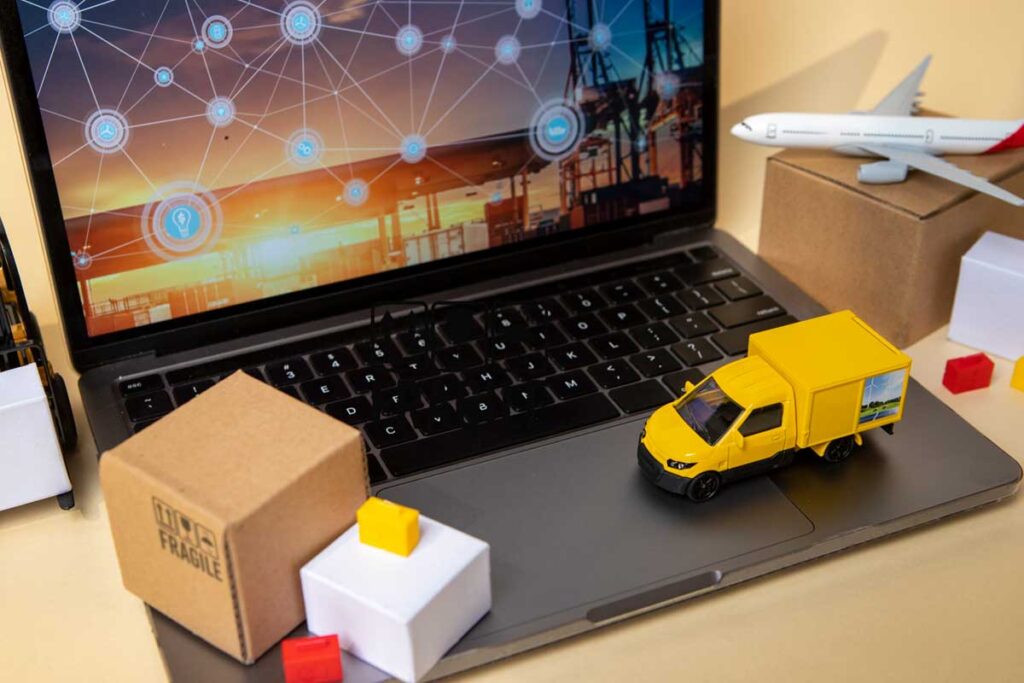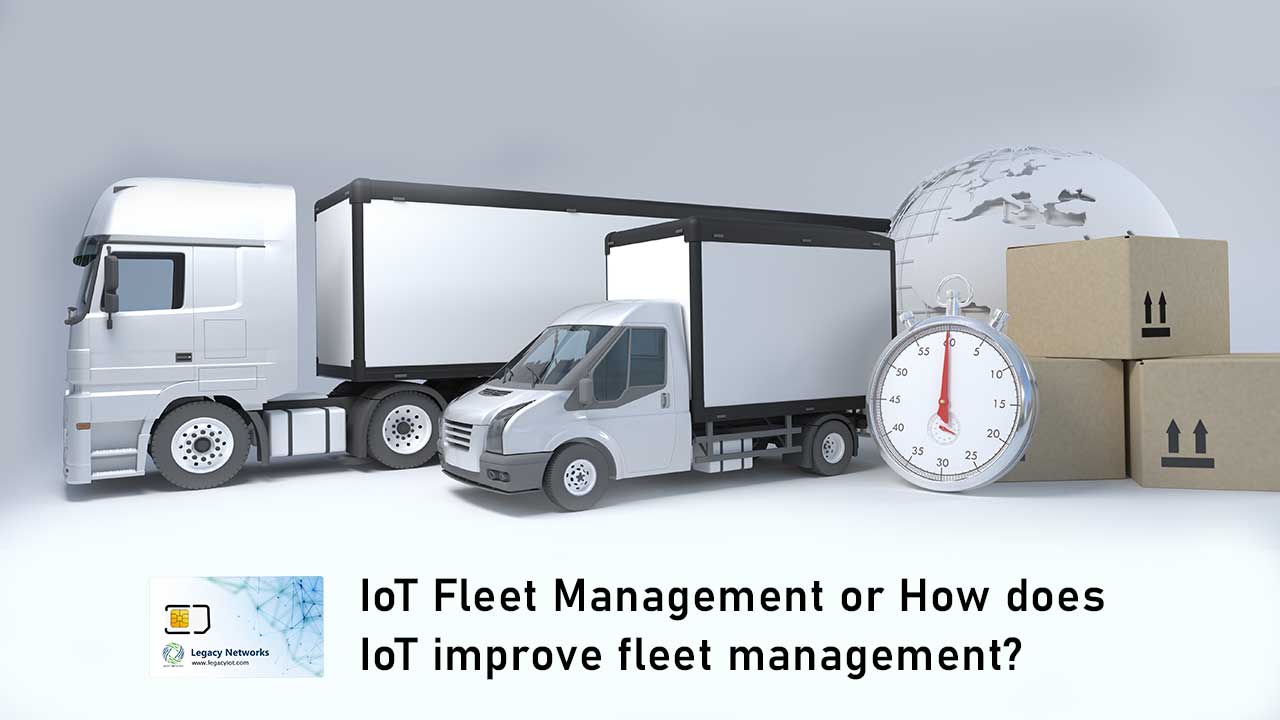IoT Fleet Management or How does IoT improve fleet management?
IoT fleet management is just one of many business processes that have been transformed by the Internet of Things (IoT). It has made it possible for fleet managers to track their vehicles and keep an eye on their operations in real-time, leading to increased efficiency, lower costs, and higher profits. In this blog, we’ll talk about IoT fleet management or how does IoT improve fleet management?. Let’s first talk about fleet management.
What is Fleet Management?
The processes and systems used to manage and maintain a company’s fleet of vehicles are referred to as fleet management.

This covers everything from driver management, fuel consumption, and logistics planning to the purchase, upkeep, and disposal of vehicles. It is the duty of fleet operators to make sure that their vehicles are running effectively, cost-effectively, and safely.
IoT fleet management or how does IoT improve fleet management?
The Internet of Things in fleet management technology uses internet-connected sensors and devices that can exchange data and communicate with one another using M2M SIM cards. This technology can be used to manage a fleet and provide real-time data on driver behaviour, location, and vehicle performance. A few ways that IoT improves fleet management are listed below:
1. Real-Time Vehicle Monitoring
Fleet managers can accurately track the location, speed, and fuel consumption of their vehicles using real-time monitoring made possible by IoT technology. Utilizing this data will improve routes and itineraries, save on fuel, and boost productivity. Also, Vehicle health monitoring by iot makes sure that vehicles are regularly serviced and maintained, and can track vehicle maintenance schedules using real-time monitoring.
2. Improves Fleet Safety
The increase in safety is one of the biggest advantages of the Internet of Things in fleet management. It can offer real-time data on vehicle location, speed, and driver behaviour, allowing for the detection of risky driving patterns and the implementation of appropriate repercussions.
For example, if a driver is speeding, the system can alert the fleet manager, who can then take the necessary steps to address the situation. Additionally, this data can be used to keep tabs on driver drowsiness, prevent distracted driving, and make sure that motorists follow traffic laws.
Fleet managers can benefit from using IoT to keep an eye on the condition of their cars. Internet of Things in fleet management technology can help avert breakdowns and accidents brought on by malfunctioning equipment by keeping track of the state of various parts and components. It can save a lot of money on repairs and downtime by doing this.
3. Reduced Costs and Improves Maintenance Management
Fleet managers or operators can cut costs by optimizing routes and schedules, cutting fuel use, and improving maintenance schedules with the aid of Vehicle health monitoring by IoT technology.
Internet of Things technology can assist fleet managers in streamlining their maintenance schedules. An essential part of fleet control and management is maintenance. IoT devices can assist managers in determining when maintenance is necessary and ensuring that it is performed at the most convenient time by tracking the condition of the vehicles in real-time.
It may benefit from using technology to anticipate maintenance problems before they arise and identify potential issues early. Then fleet operators get alert on the IoT management platform and can take quick preventive action. This is done by analyzing data by m2m sim card or sensors installed in vehicles.
4. Enhances Fuel Efficiency
Internet of Things technology can help in saving money on fuel, which is one of their biggest expenses. Fleet managers can identify inefficiencies in their operations, such as excessive idling, aggressive driving, and poor route planning, by using telematics devices to monitor fuel usage. With this knowledge, they can make the appropriate adjustments to lower fuel use and save money.
The routing of vehicles can also be improved using IoT devices. It can assist them in determining the most effective routes for their vehicles by analyzing traffic patterns, road conditions, weather conditions, and other data. By doing this, fuel usage can be cut down, and delivery times can be accelerated.
5. Enhances Customer Service
Service to customers is crucial in the competitive world of vehicle & logistics. By giving fleet managers access to real-time data on delivery schedules and vehicle locations, IoT fleet management can help them provide better customer service. Customers can track their deliveries in real-time and make plans as a result by sharing this information with them. As a result, there may be a rise in revenue and profitability and an increase in customer loyalty.
Fleet operators can quickly identify and fix delivery issues with the aid of IoT technology. It can aid fleet managers in quickly responding to customer inquiries and giving precise information on delivery times by offering real-time data on delivery times and vehicle locations.
Conclusion
Legacy IoT, IoT fleet management technology has completely changed fleet control and management by giving managers access to real-time information on vehicle location, driver behaviour, fuel consumption, and maintenance needs. Fleet managers can lower costs, increase efficiency, boost customer service, and other benefits by using this data to optimize their operations. Future Vehicles & Logistics IoT Services will probably depend even more on Internet of Things technology as it continues to advance.





